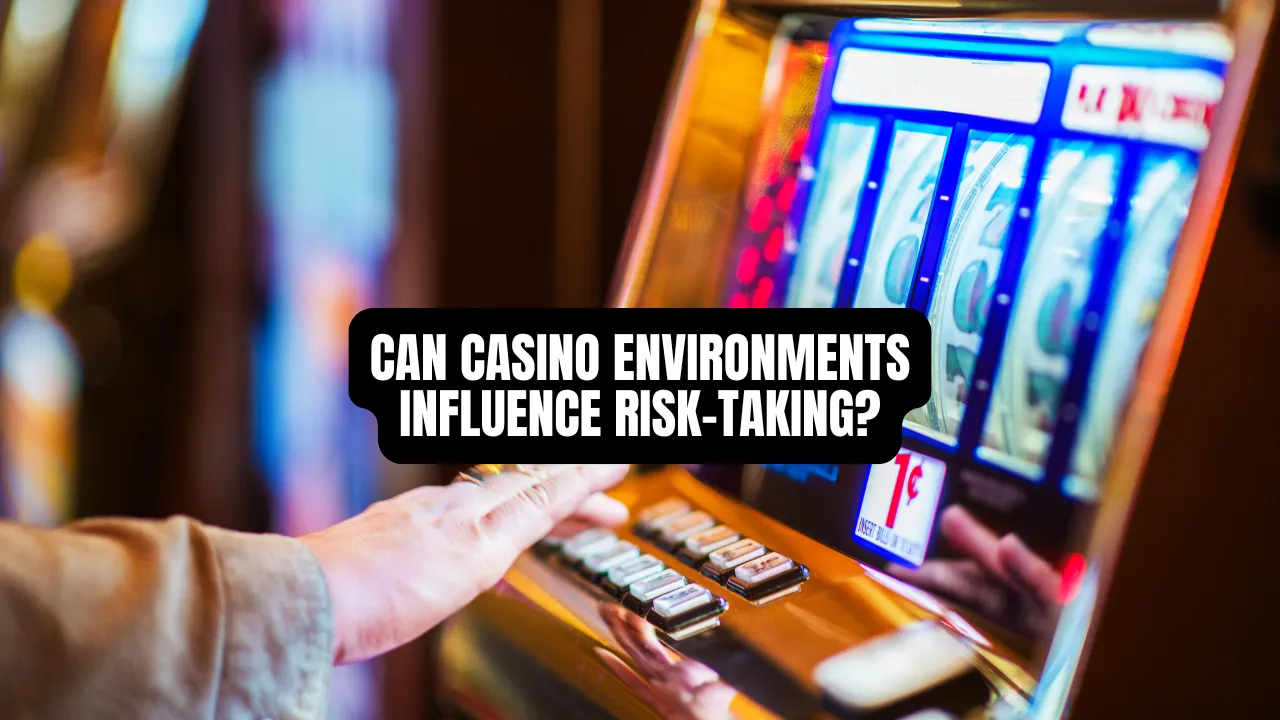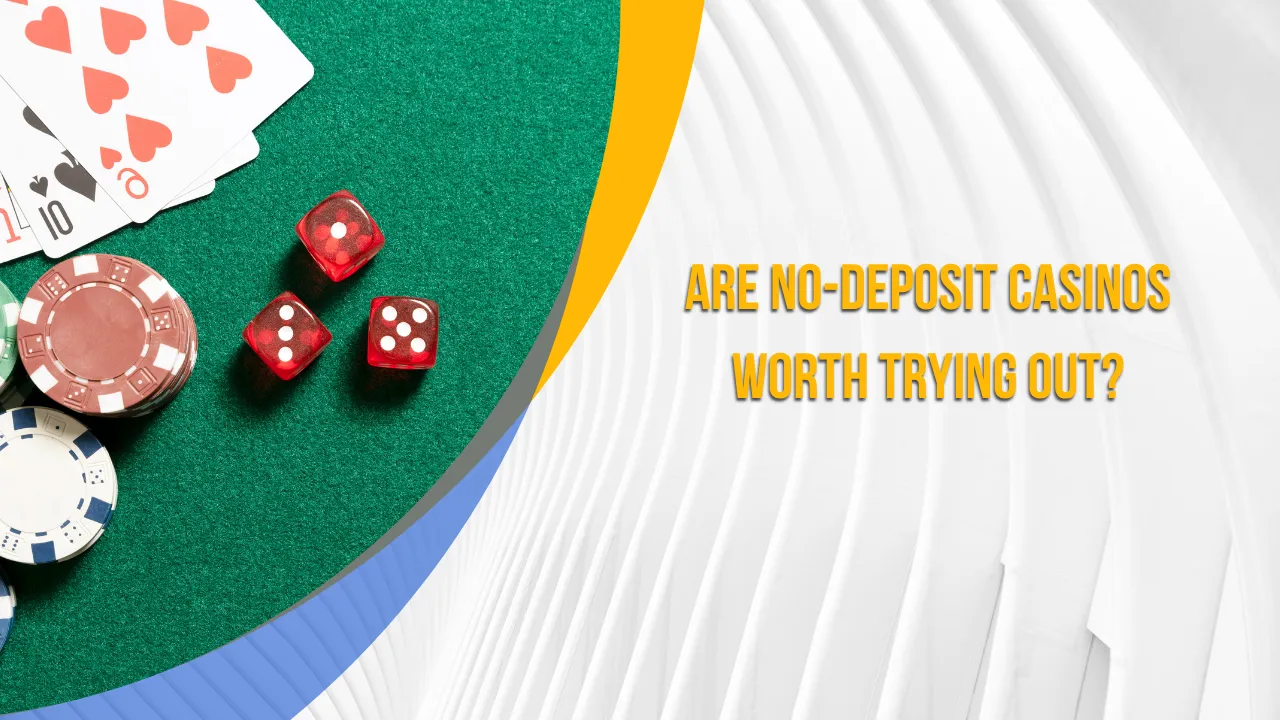Casinos are carefully designed spaces where everything — from lighting and sounds to layouts and colors — is intentionally crafted to shape how players feel and behave. While some may believe their choices at the gaming table are purely based on luck or personal strategy, research shows that the environment itself plays a critical role in risk-taking behavior.
Having spent years studying how gambling settings affect decision-making, I’ve noticed that casinos are not just about offering games. They are immersive worlds where psychology and design meet, nudging players toward certain choices. Understanding these influences can help players make more informed decisions and see casinos not only as entertainment hubs but also as environments where every detail has a purpose.
The Role of Lights, Sounds, and Atmosphere
One of the first things people notice upon entering a casino is the sensory overload. Bright lights flash, machines sing with celebratory sounds, and music sets an upbeat tone. These elements aren’t accidental. Studies in behavioral psychology suggest that sensory stimulation increases arousal levels, which in turn makes individuals more likely to take risks.
Think about the slot machines that emit ringing bells even for small wins. These cues trigger dopamine releases in the brain, creating a rewarding sensation. Even when the actual payout is modest, the celebratory sounds make it feel significant, encouraging players to keep going. It’s a feedback loop that blends excitement with subtle psychological reinforcement.
The Impact of Casino Layouts on Player Choices
The physical layout of a casino also influences behavior. Unlike supermarkets or shopping malls, casinos rarely have windows or clocks. This design intentionally disrupts a player’s sense of time, making it easier to lose track of how long they’ve been gambling.
Tables and machines are strategically placed to maximize engagement. Popular games are often positioned near entrances to draw attention, while quieter areas are tucked away for more focused players. By shaping foot traffic and visual access, casinos subtly guide how players explore and how long they stay.
This structure isn’t unique to land-based venues either. Online platforms adopt similar strategies. For instance, menus on gambling sites highlight popular games, promotions, and jackpots at the top, steering players toward high-engagement options. Whether physical or digital, the environment is engineered to influence choice.
Online Comparisons and Player Behavior
Interestingly, many of the same psychological strategies that shape in-person casino environments are now used online. Digital casinos can’t rely on architecture or physical surroundings, but they replicate the same principles through design, colors, animations, and reward systems.
Players exploring non uk casinos for uk players often encounter platforms that emphasize immersive visuals, gamified rewards, and tailored bonuses. These features mimic the excitement of a physical casino, proving that environment isn’t limited to physical space. Online environments can be just as influential in shaping risk-taking by creating a sense of urgency and immersion.
Social Influence and Group Dynamics
Another often-overlooked aspect of casino environments is social influence. People rarely gamble in isolation. The energy of a crowd cheering around a blackjack table or the sight of someone hitting a jackpot on a nearby slot machine can spark a powerful psychological effect known as social proof.
Humans naturally look to others when making decisions, especially in uncertain environments. Seeing others win creates the impression that winning is achievable, even if the actual odds remain the same. This group energy amplifies risk-taking, as players feel more confident — or at least more motivated — to join in the excitement.
Alcohol and Risk Perception
Casinos frequently offer free drinks, and this perk is not without purpose. Alcohol is known to lower inhibitions and impair judgment, which can directly influence how much risk a player is willing to take. A person who might normally walk away after a loss could feel emboldened to continue when under the influence, often chasing wins in situations they’d otherwise avoid.
This combination of sensory stimulation, social energy, and alcohol creates an environment where rational decision-making can become clouded. It’s why many responsible gaming advocates emphasize self-awareness and personal limits when visiting casinos.
Responsible Gaming and Awareness
While casino environments are designed to maximize engagement, that doesn’t mean players are powerless. Awareness is the first step toward balance. Recognizing that lights, sounds, and layouts are carefully designed to influence risk-taking can help players make more conscious choices.
Casinos themselves are increasingly introducing responsible gaming measures. From digital reminders of time spent playing to options for setting deposit or spending limits, both land-based and online venues are under growing pressure to provide tools that help players maintain control. These measures acknowledge the powerful impact of environment and aim to protect those who may be more vulnerable to excessive risk-taking.
Future Trends in Casino Design
The relationship between environment and behavior isn’t static. As technology evolves, casinos are experimenting with new ways to immerse players. Virtual reality (VR) and augmented reality (AR) are beginning to reshape digital gambling, offering even more engaging and interactive environments.
Imagine stepping into a virtual casino with friends from across the globe, where every detail from the décor to the dealer’s voice is designed to replicate — or even surpass — the sensory impact of a physical venue. These innovations highlight how the influence of environment on risk-taking will only grow stronger in the years ahead.
At the same time, regulators and researchers are likely to push for stricter controls, ensuring that new technologies don’t exploit players but instead enhance safe and entertaining experiences. Balancing innovation with responsibility will be crucial for the industry’s future.
Conclusion
Casino environments, whether physical or digital, undeniably influence risk-taking. From flashing lights and celebratory sounds to strategic layouts and social dynamics, every aspect of design plays a role in shaping how players engage with games. Even online platforms have adopted similar strategies, proving that risk-taking isn’t just about odds and probabilities — it’s about psychology and environment.
Understanding these influences allows players to approach gambling with greater awareness, turning what could be subconscious nudges into conscious decisions. Ultimately, casinos thrive on creating excitement, but players can thrive too — by enjoying the environment while staying in control of their own choices.










